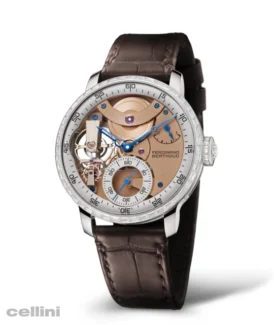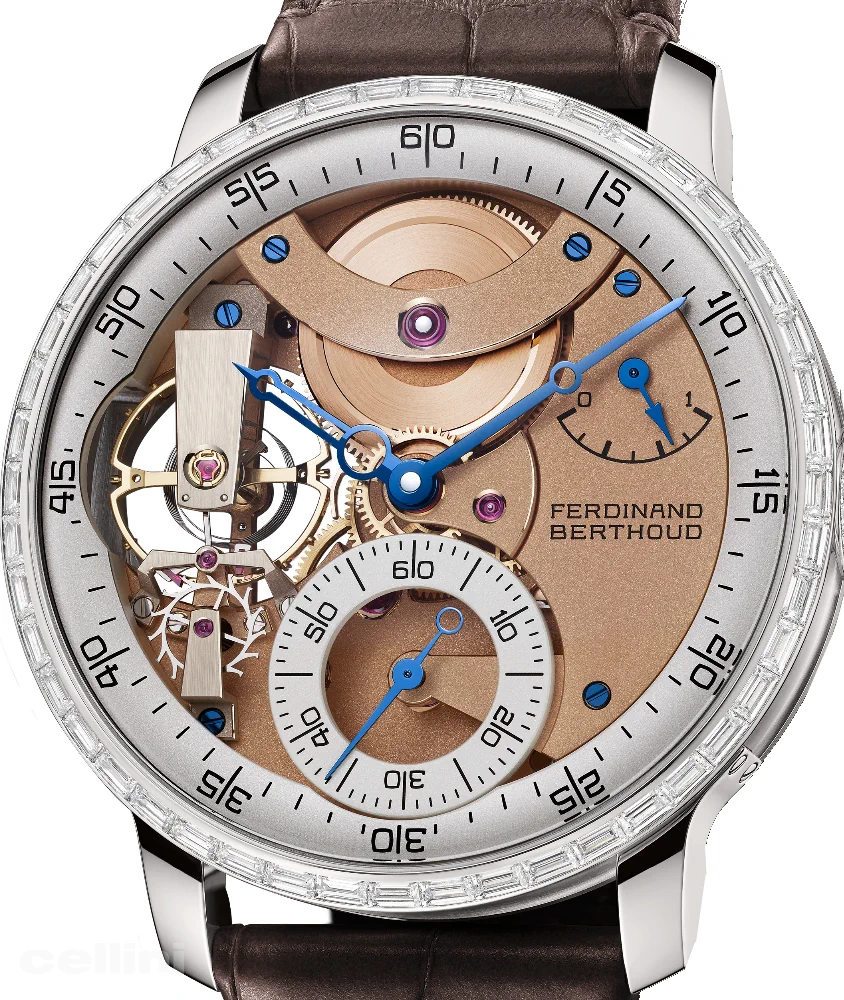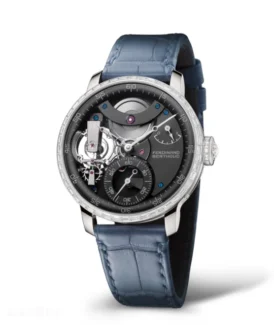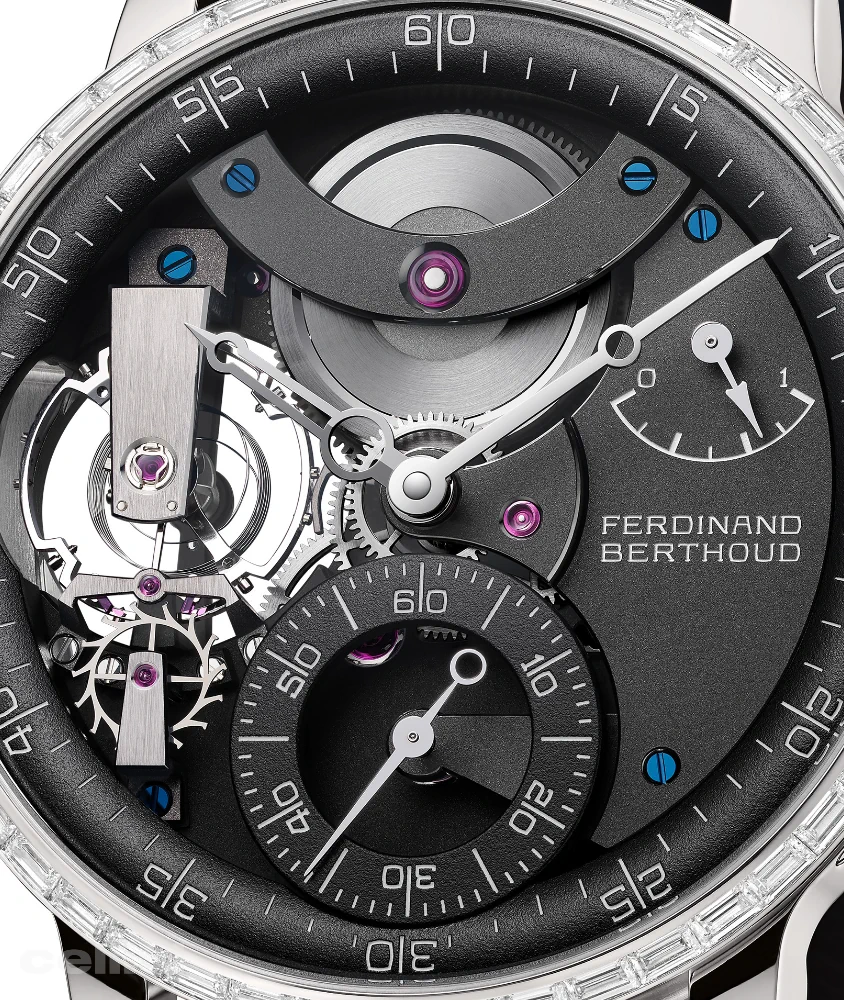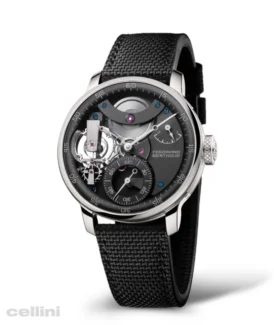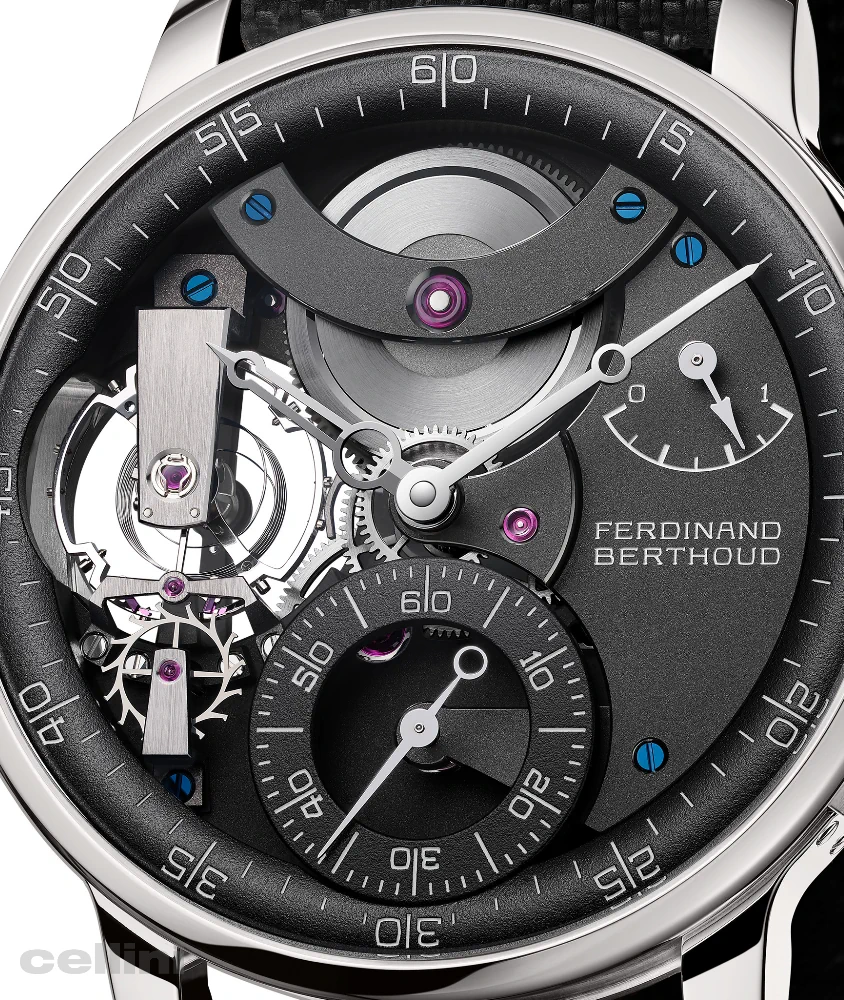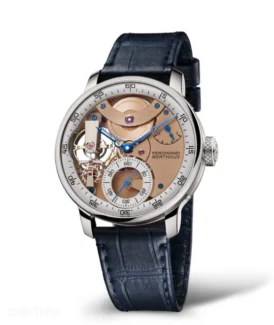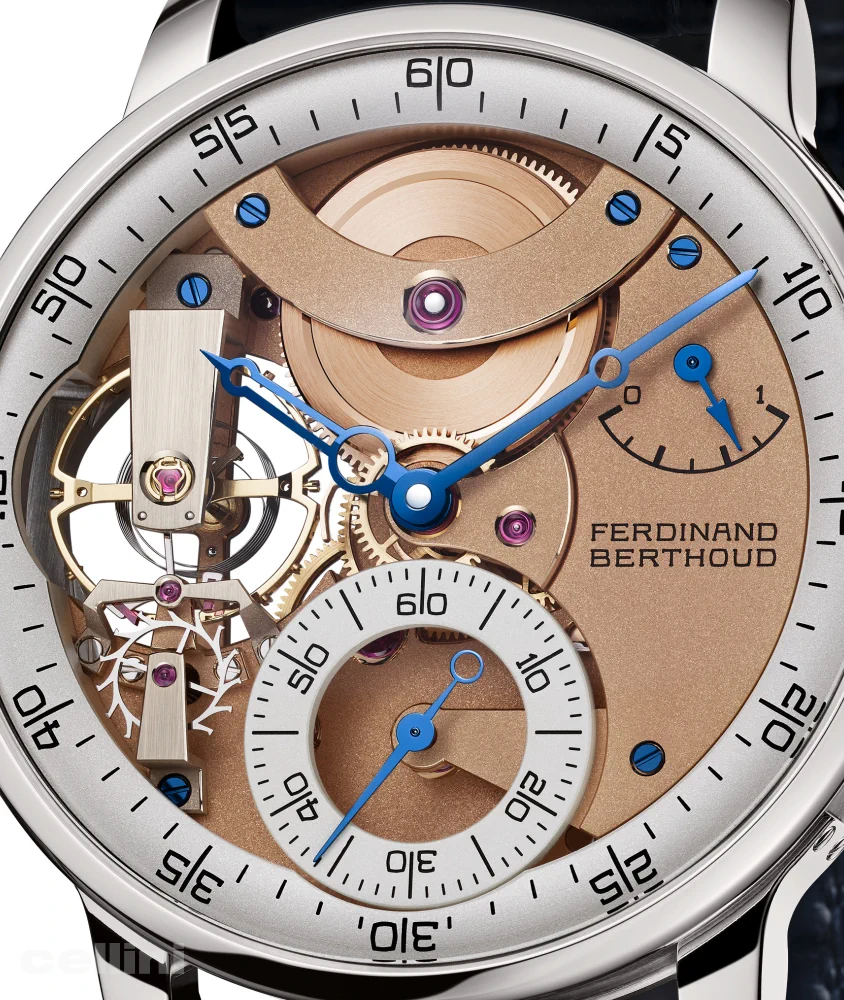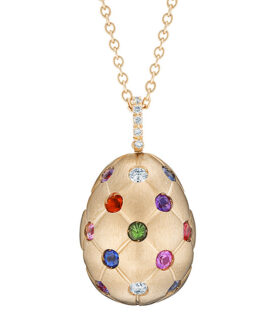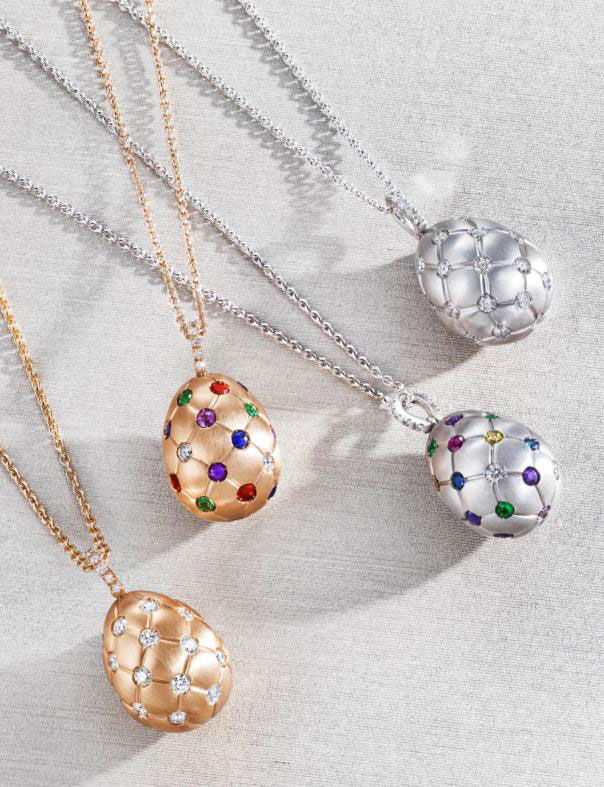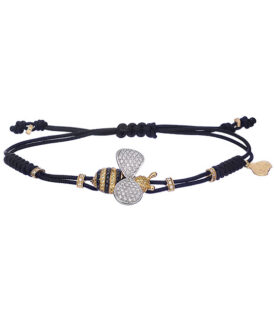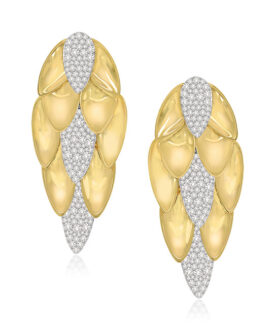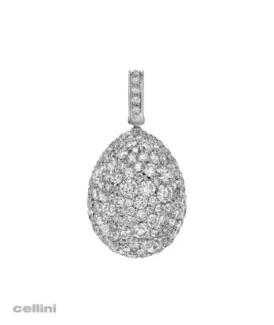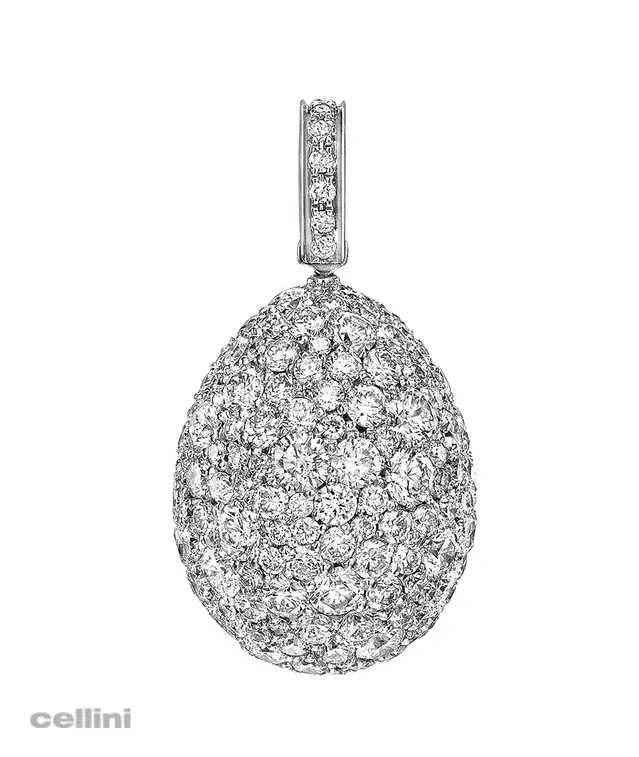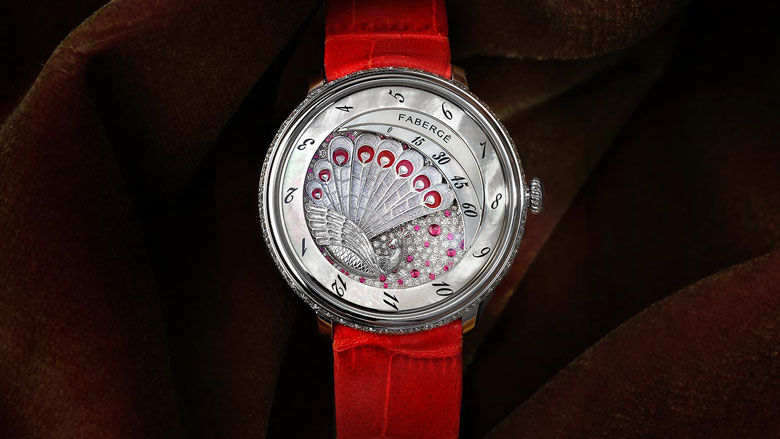
Fabergé Expands the Lady Compliquée Peacock Collection
Following the great success at the Grand Prix d’Horlogerie de Genève 2015 in which the Lady Compliquée Peacock won the High-Mechanical award, Fabergé is proud to introduce three new variations on the theme, once again, made in partnership with Jean-Marc Wiederrecht from Agenhor. These three versions employ the same ingenious and exclusive Geneva made movement created specifically for Fabergé. These latest additions to the award-winning collection are adorned with the three most precious colored gemstones: sapphire, emerald and ruby, truly illustrating the art of color.
Hours are read at the winding crown, off the mother-of-pearl or onyx disk that rotates counterclockwise. The minutes are read off the peacock’s tail feathers as they unfurl each hour, only returning to zero when the lead feather reaches 60. These watches perpetuate the ingenious and free-thinking spirit of Peter Carl Fabergé himself who imagined and made many of his creations to be both emotive and fascinating.
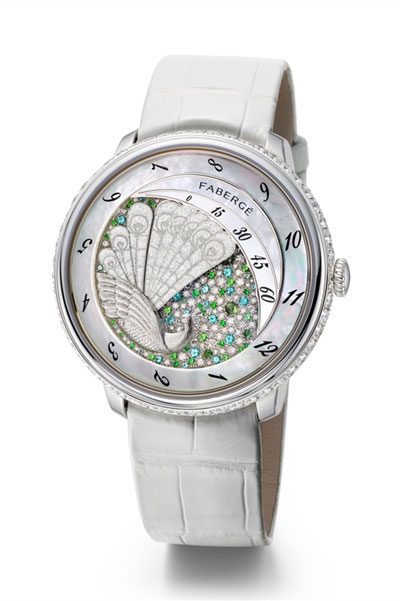
These mobile works of art paint constantly evolving scenes, as time unwinds on the wearer’s wrist. In this manually wound movement, four pivoting blades fan out simultaneously from 7 o’clock indicating the minutes. Each of those blades is moving independently, but at a different speed to each of the others. As the cycle is repeated each hour, time takes on a new role, going beyond the mere charting of the passing of the minutes to create scenes of ephemeral beauty.
The three-dimensional construction of the dials further enhances the theatrical effect. Aesthetically, the movement presents a rich series of decorations that showcase its architecture and enhance its traditional character.
Powering the System: The system driving the blades is the movement’s most fascinating organ. Each blade – except the first one which remains immobile – advances at a different speed so that the ensemble unfurls in perfect harmony. Agenhor has developed a totally new system inspired by a retrograde display. The unfurling of the fan is thus driven by the rotation of the hours ring. This, in turn, is directly connected to the barrel for greater stability and regularity and is positioned over another ring, whose function is to serve as a cam. The latter has 12 teeth equivalent to the 12 hours visible on the dial. When the cam turns, it gradually lifts a lever that applies pressure to one of the teeth. Also known as a reading finger or feeler-spindle, it coordinates the display of minutes based on the rotation of the hours ring. The fan then unfurls over the course of an hour before the spindle blades into the next tooth, whereupon it closes again and begins a new cycle.
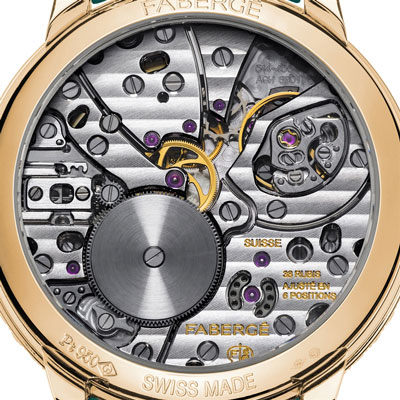
To guarantee the stability and synchronization of the ensemble, half of the wheels on the differential are equipped with split teeth. Invented by Jean Marc Wiederrecht, the founder of Agenhor, they ensure the direct and constant meshing of the gears without the slightest gap between them. As a result, the blades unfurl harmoniously, without jerking.
The blades are also guided and maintained at their tips. Each culminates in a ring hidden under an element of the dial, where a jewel is driven forwards. It advances along a groove hollowed out in a base known as a ‘tier.’ The lengths of the grooves vary according to trajectory lengths of each blade.
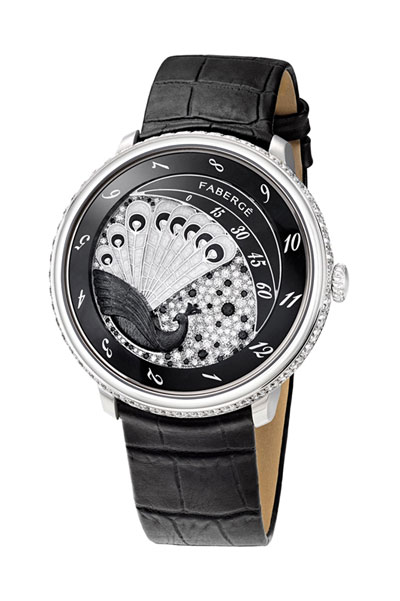
The AgenPIT system eliminates the balance spring stud and the regulator, while keeping the balance spring intact. To this end, the last coil is guided into a groove by a setting screw, then fixed by a gripping clip that holds it in place against one of the walls. The lower part of the setting screw is encased in a polymer film to enable the balance spring to move forwards or backwards easily without being damaged. The gripping clip replaces the balance-spring stud and maintains the adjustments by leaning firmly on the balance spring.
The AgenPIT system means that the advantages of ring-shaped balances can be enjoyed without the need of a regulator. Precise adjustments can therefore be made in a simple manner without affecting the balance spring. This ensures optimal accuracy – the very essence of any time-measuring instrument.
The watch’s mechanical inventiveness matches the timepiece’s aesthetic beauty. The Lady Compliquée caliber can be clearly distinguished by its generous proportions, which make room for larger and therefore more visible finishes. So the angles that mark the perimeter of the components are 0.25 mm thick – far higher than the average. The upper bridges are decorated with horizontal Cotes de Genève and the bottom plate and other bridges are exquisitely circular-grained. All the components are also rhodium-plated for a harmonious finish. Together, such high-quality finishes firmly establish the Lady Compliquée caliber amongst the finest watchmaking movements created and decorated in traditional fashion.

